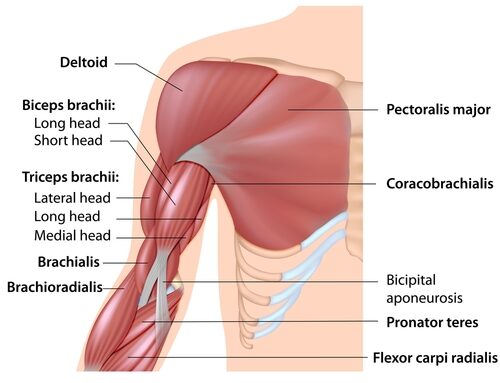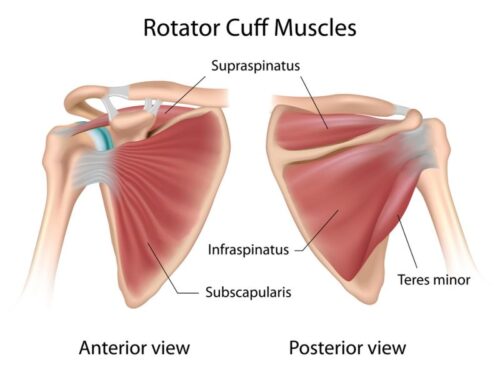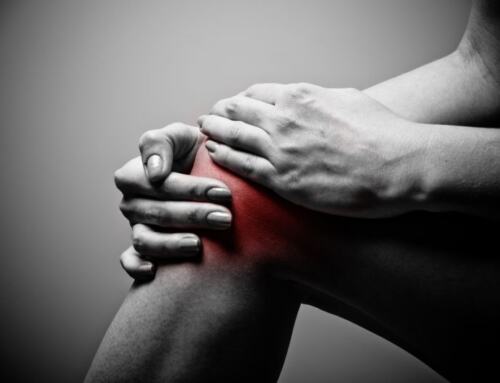The biceps femoris, semitendinosus and semimembranosus are the 3 muscles that make up the hamstrings. They normally act as one when doing different movements such as standing from a seated position, walking, and jumping.
The hamstrings have a tendency to be tighter than they should. When that happens the gluteus maximus doesn’t function as it should and contributes to many pain syndromes such as piriformis syndrome, patellofemoral syndrome and lower back injuries.
If there are trigger points in any of the hamstring muscles, a client will probably limp and it will be difficult to get out of a chair. They will likely be woken in the middle of the night. A client may complain of pain in the quadriceps when it is actually coming from their hamstrings. The weak hamstrings have caused the quadriceps to get overloaded. Since they have the same referral pattern, hamstring trigger points can be confused for sciatica. The sciatic nerves run right under the biceps femoris. Hamstring trigger points may also be confused for arthritis in the knee.
The Solution for Pain in Your Hamstrings
If you feel like you have trigger points in your hamstrings, be careful of the types of chairs you sit in. An ill-fitting chair can cause compression of these trigger points and make them worse. Patio chairs are the worst. To fix this problem use a slanted footstool to raise the thighs and prevent the foot from being too flexed or pointed. It can also be a problem when you shift your weight forward when sitting, placing the weight on the thighs instead of the buttocks.
One other tip, when driving use cruise control whenever possible so you can move your legs. You will also want to stretch your hamstrings whenever possible. Here’s a video of Kyron demonstrating one: https://www.youtube.com/watch?v=yW4W5RI5JO4
*info taken from Volume 2 of Myofascial Pain and Dysfunction, The Trigger Point Manual by Travell and Simons







